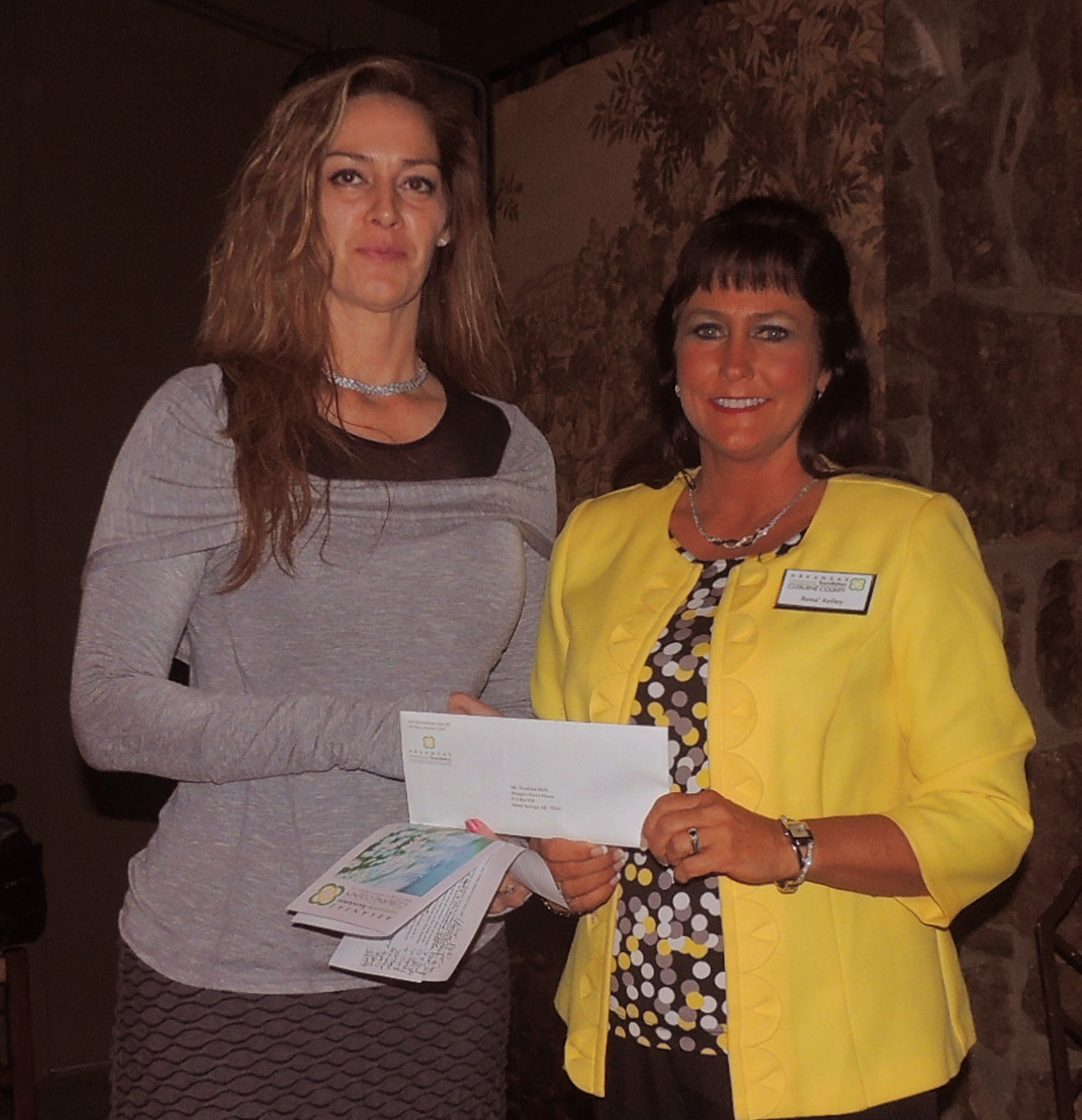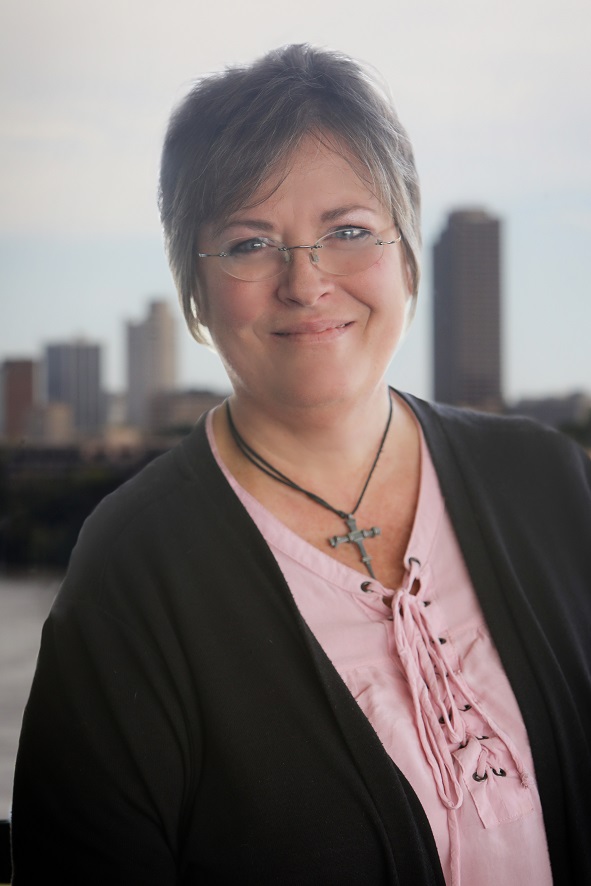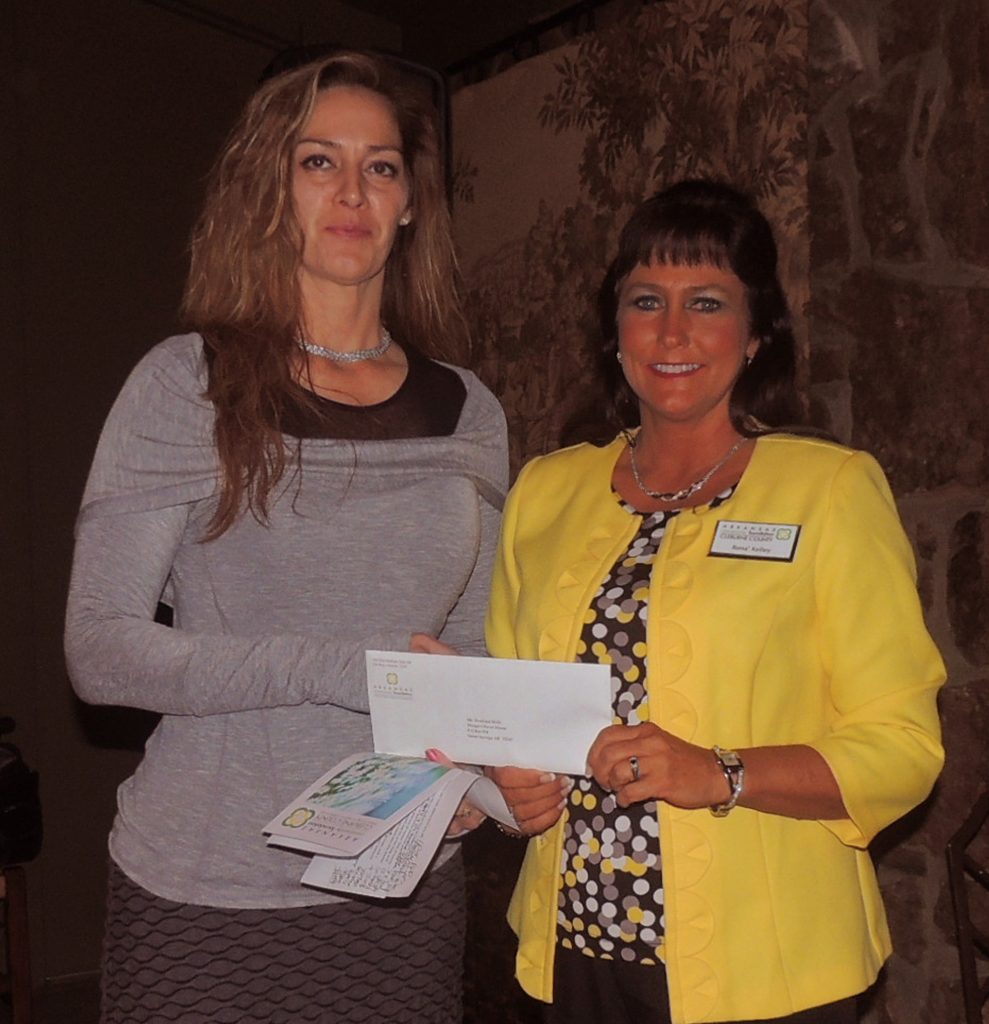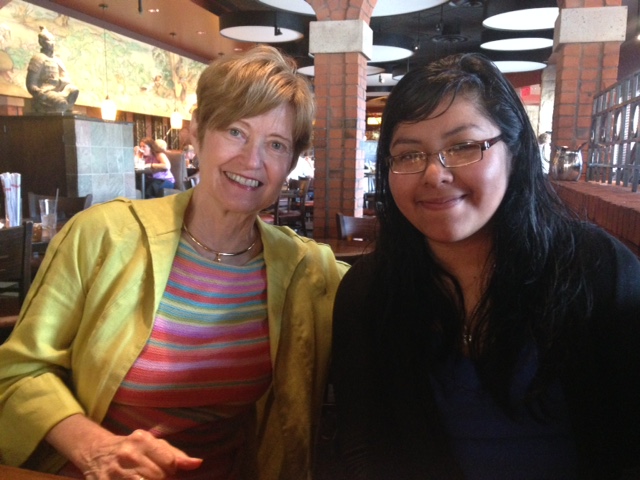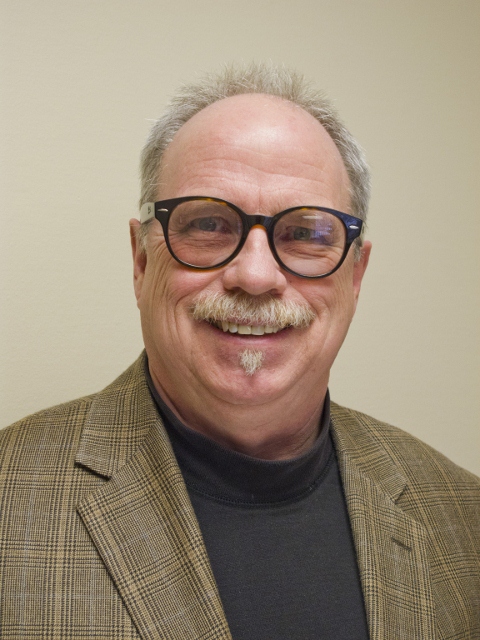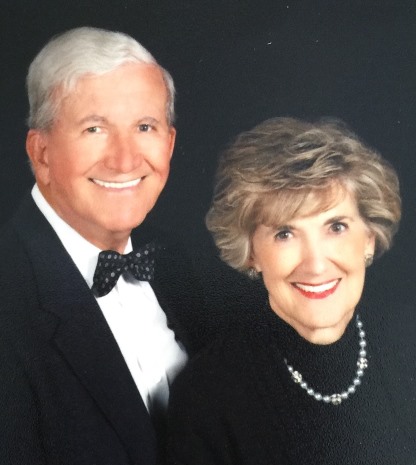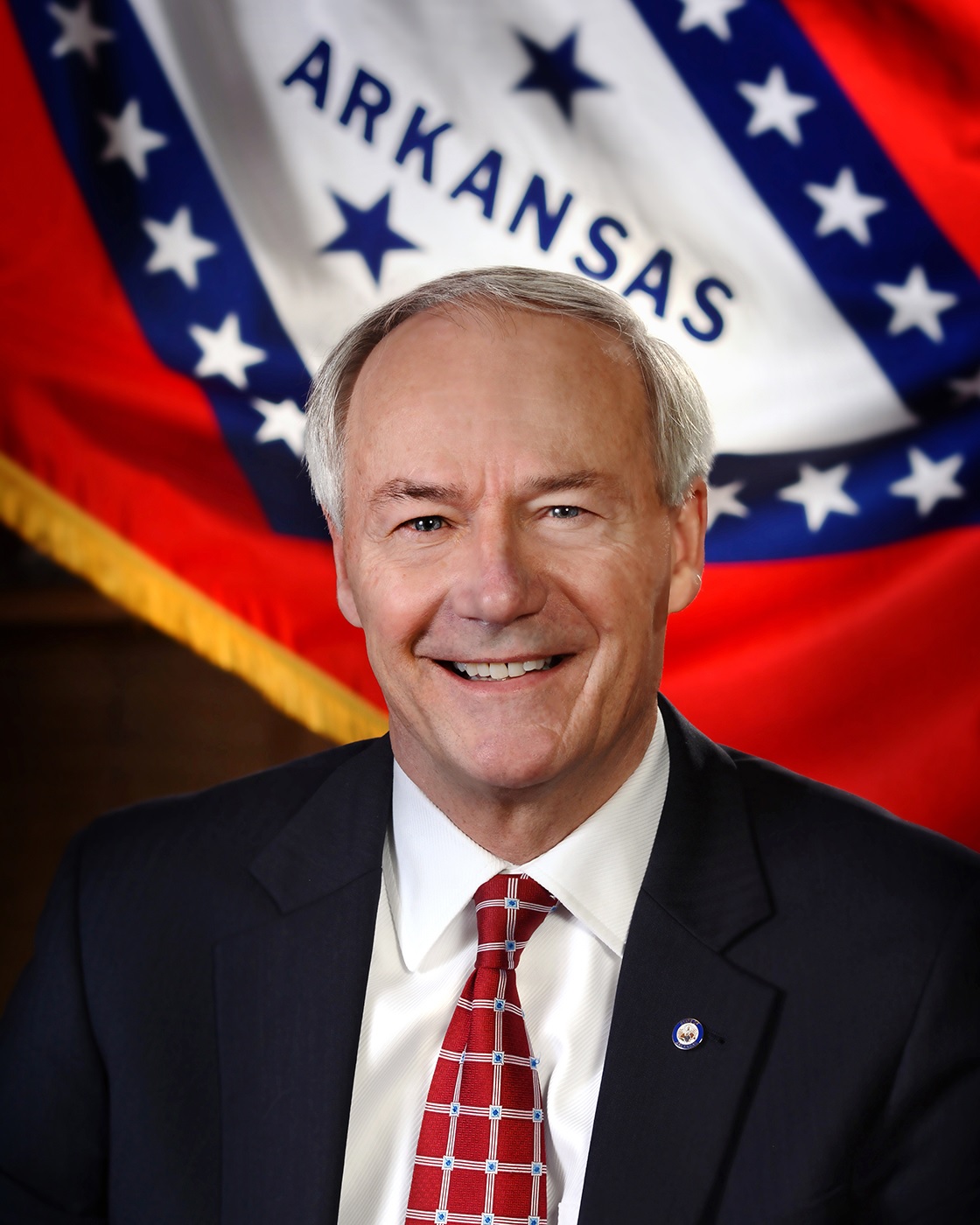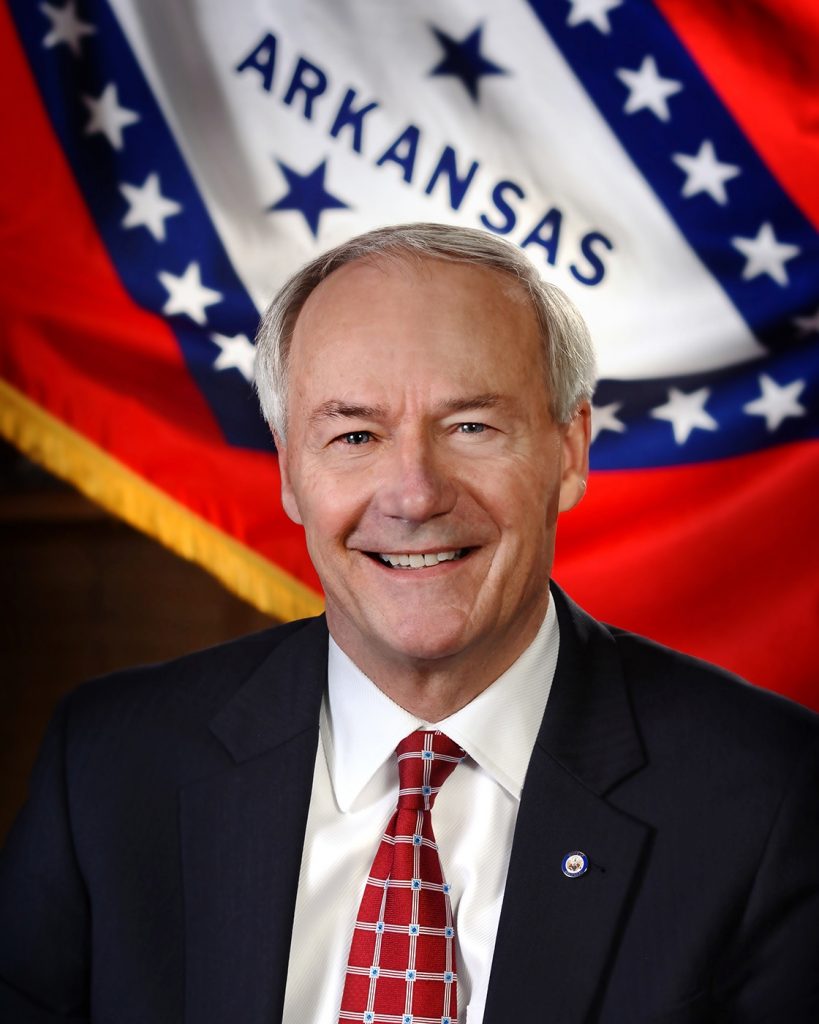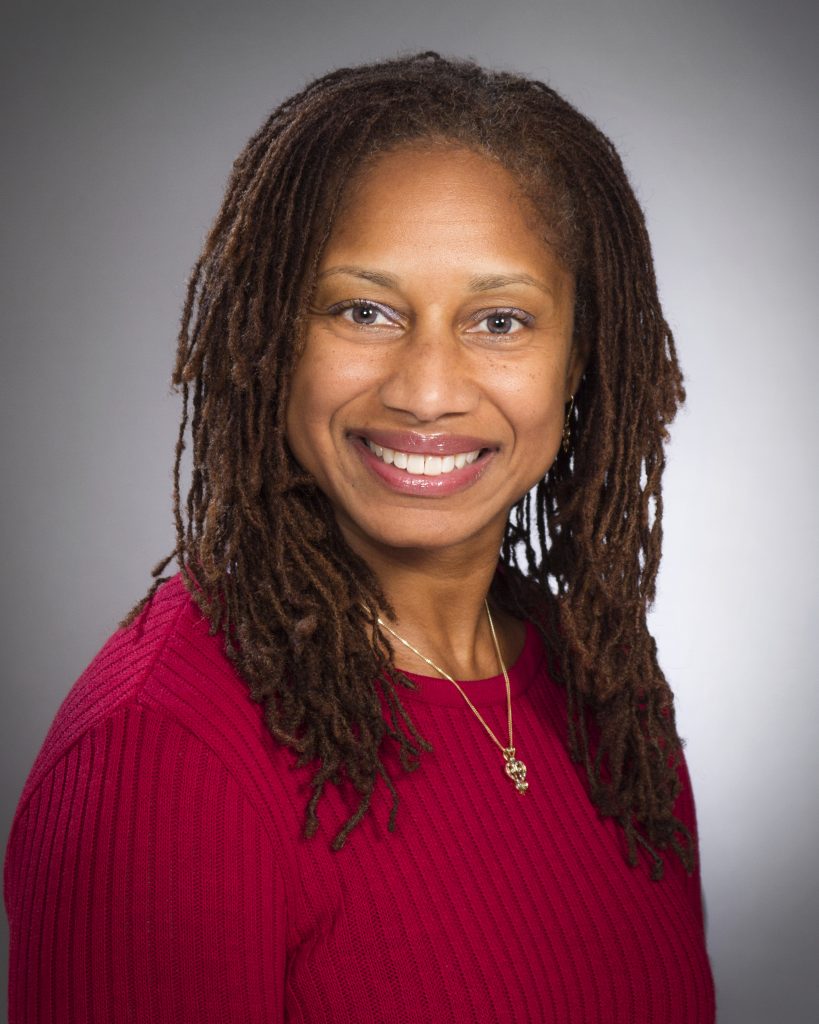by Dr. Rich Redfearn
In my last post, I shared my list of
“Top Ten Grant Proposal Mistakes” (June 18, 2015). But writing about negative
things always is a problem for grant writers, who tend to be “glass half full”
people. How else could we stand all the rejection?
So this post celebrates the Top 10
best practices for a grant writer to employ.
10. Get connected and stay connected.
Steven Johnson says in one of his
books, “Chance favors the connected mind.” This is especially true in the grant
game. Get connected to all aspects of the grants community, and it will reap
dividends. Newsletters, RSS feeds, social media…it’s all about connections.
9. Search for new opportunities
constantly.
Make time every day to search for
grant programs that fit your organization’s mission. If you use a search engine
that searches for you, in the background – then you really are searching 24/7.
Remember to keep your mission foremost in mind while considering opportunities,
and do not simply chase attractive opportunities with no “fit” to your mission.
8. Embrace new technology.
Always have an open mind to new
technology. For example, perhaps Twitter seemed intimidating when you first
signed up, but as you learned the technology you may have discovered that you
could participate in an entire grants community on Twitter! Utilize the best
tech tools for continuous improvement in efficiency and communication “reach.”
7. Set aside time every week for
training and professional development.
If you stay in the same place, the
rest of the grants community will pass you by. Join a professional association
– Grant Professionals Association is great for professional development in the
grants arena. Your grants professional network will provide many benefits, from
improving your professionalism to giving you that inclusive, “fraternal”
satisfaction.
6. Develop a strategic funding plan.
You can’t get on a solid financial
footing without a plan. Decide how to divide up your organization’s budget into
grants vs. gifts vs. revenue, and review this plan at least annually – a
quarterly review is better. Your grant proposals will be better able to address
project sustainability if you maintain a viable strategic plan.
5. Know who you are, and write
confidently…repeatedly.
If you know your mission and really
understand your capabilities and capacity for executing projects, your writing
will reflect that knowledge. Replace the weak phrase “Our project could…” with
the confident “Our project will…” Related writing tip: automate your proposal
writing by saving and reusing oft-repeated parts of proposals, like your
organization’s case statement.
4. Make sure that your organization
is “grant ready.”
Be sure that you have everything you
need to apply before you begin writing your proposal. Here’s a great
infographic from #SmartEGrants that summarizes how to get your organization
“grant ready.”
3. Read…and re-read…the guidance,
BEFORE you start writing.
Let’s assume that you have killer
writing skills and can execute a project plan to deliver your winning proposal
on time. All of that skill goes to waste if you miss something in the RFP that
relegates your proposal to the dreaded “unresponsive application” waste heap.
2. Contact the funder’s program
officer(s) early in the process.
We talk about the grant cycle as
“investigation, cultivation, application.” The “cultivation” part, for a
proposal writer, is contacting a program officer at the agency or foundation.
Send an email to the officer first, briefly describing your project, and ask
for a follow-up phone conversation. This conversation will give you guidance
that you can’t get from the RFP – but be careful! Do your homework first and
don’t waste the program officer’s time with questions whose answers can be
found in the RFP.
1. Feed your passion: periodically
remind yourself why you do this.
A colleague (JM Grants) in my grants
network has a consultancy with the motto, “Get Grants, Do Good!” All of us can
be agents of positive social change by winning grant funding for projects that
benefit our communities. It’s important to remind yourself that the goal really
isn’t supporting your nonprofit organization…it’s improving your community, and
what better passion exists? Your passion will fuel your persuasiveness and help
you write winning grant proposals.
Dr. Rich Redfearn is the grant
programs manager at the Sam M. Walton College of Business, University of
Arkansas & past president of the Grant Professionals Association Arkansas
Chapter.
The views and opinions expressed in
this article are solely those of the author and do not necessarily represent
those of the Sam M. Walton College of Business or the University of Arkansas.

